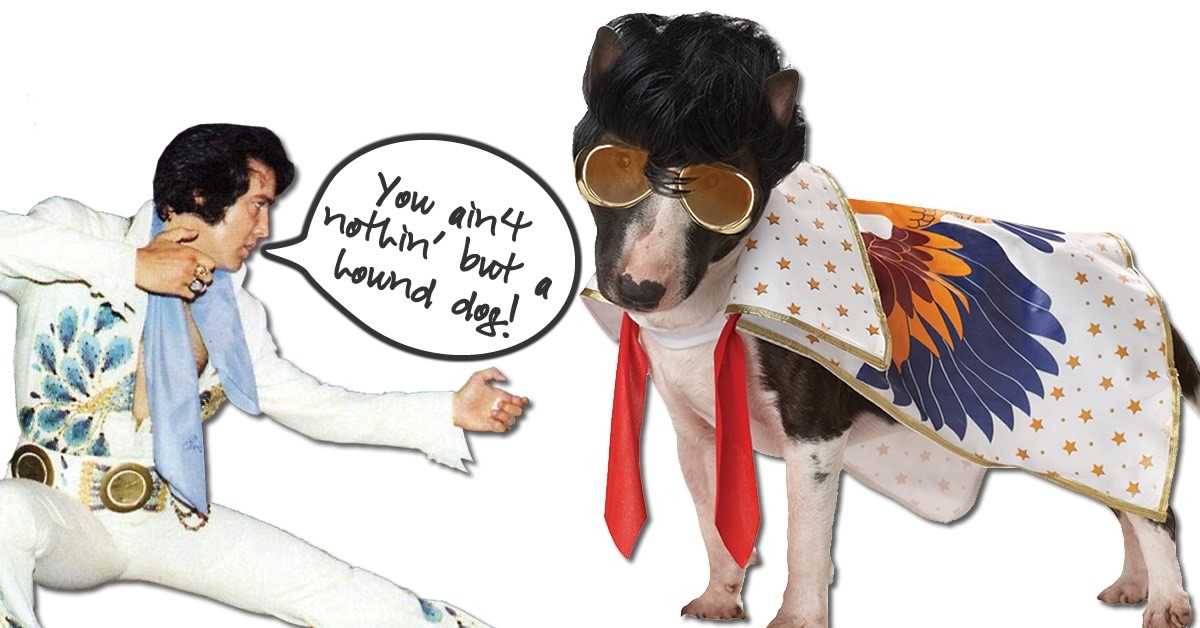GET OUR FOUNDER'S LATEST BOOK:
Disrupt Your Now: The Successful Entrepreneur's Guide to Reimagining Your Business & Life
Join Lisa every Tuesday at 7pm Eastern for her live show on Facebook & YouTube.
We've all heard the saying "beware the cost of the lowest price," and this also applies in design. The best option doesn't necessarily have the highest price, but often the lowest priced option has the highest cost. "How?," you ask... Let me share an experience I had today, and how poor usability cost Walmart a sale. Add enough of these sales up and it could be a substantial chunk of change, even for a company of that size.
 First off, remember that price is the sticker price of an item but true cost is arrived at by combining that price with what you stand to lose in sales, time, goodwill, efficiency, etc.
First off, remember that price is the sticker price of an item but true cost is arrived at by combining that price with what you stand to lose in sales, time, goodwill, efficiency, etc.
We needed an item for the office that wasn't available locally so I decided to order online. I was on the road and a quick search on my phone gave the exact item I wanted for $99 at Walmart's online store. Being in a hurry, I was prepared to order without shopping around. The problem arose with the poor design of their mobile checkout process and Walmart's sale became Amazon's sale.
I chose the free "ship to store" option but in the next step found that the item wouldn't arrive until near the end of the month; the initial shipping options step didn't show the prices of the various paid options, so I went back to change to standard shipping to check the price & see how much quicker I could get it. The mobile checkout process didn't have the option of changing the shipping choice after it had been selected. I couldn't even select a new choice if I deleted the item from the cart and then re-added it.
Here's a peek at our War Room - where we brainstorm and experience a higher plane of consciousness.

Our brainstorming sessions require not only intense thought, but also a relaxed atmosphere that's conducive to the flow of creative thinking. Devoid of furniture to avoid clutter and because we think better on our feet, we drag in bean bag chairs, stools, and a futon when we do want to sit. The dry erase walls are great for capturing extemporaneous thoughts, and provide a way for ideas to marinate as we pass through the room later (on our way to the kitchen, of course).

I know our clients get tired of hearing this, but I can't say it enough: social media is about networking and building relationships, not about broadcasting your own message incessantly. Nobody cares about you and your product. They care about how you can help them - whether it's solving a problem or just having fun.
A friend of mine is a good example: he followed a link in an email to read a story by an awesome artist whose work he admired, then reached out in the blog comments section saying he enjoyed the story. Then he tweeted the story to his followers. Guess what? The blogger followed him back after that, and ended up asking him to participate in a project he was doing. You just never know who you might meet through social media, just like you never know who you might meet at a party.

